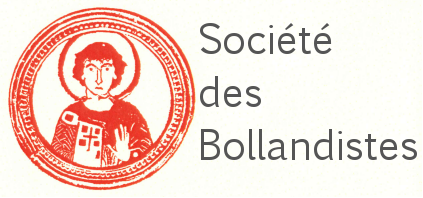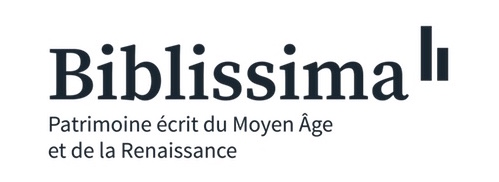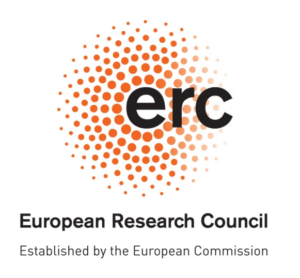Pinakes | Πίνακες
Textes et manuscrits grecs
Résumé :
Il contributo è incentrato sulla ben nota vicenda dell’avventuroso ed enigmatico arrivo in Occidente del Salterio Pentaglotto (Vaticanus Barberinianus Graecus 2), che fu acquisito presso il convento di San Macario nello Wādī an-Naṭrūn, la depressione desertica sita ad ovest del delta del Nilo, per conto dell’astronomo, collezionista e savant francese Nicolas-Claude Fabri de Peiresc (1580-1637). Vi si offre la prima edizione del lungo memento arabo vergato dalla mano che restaurò il manoscritto nel 1626, la stessa che esemplò il manoscritto Vaticanus Copticus 26 nel 1616, così come il testo di un’inedita lettera italiana di Jean Paul Lascaris de Castellar (1560-1657), Gran Maestro dell’Ordine dei Cavalieri di Malta, al paşa Meḥmet Sāqızlī (m. 1649), che nella vicenda del viaggio del codice ebbero un ruolo importante, ancorché non chiaro. Parole chiave :Salterio Pentaglotto, Nicolas-Claude Fabri de Peiresc, Copto-Arabic colophons The paper focuses on the well-known history of the somehow picaresque as well as enigmatic arrival of the Psalterium Pentaglottum (Vaticanus Barberinianus orientalis 2) in the West from the monastery of Saint Macarius in the Wādī an-Naṭrūn, the desert valley located west of the Nile Delta, where it was acquired on behalf of the French astronomer, antiquary and savant Nicolas-Claude Fabri de Peiresc (1580-1637). It offers the first edition of the long Arabic memento written by the man who restored the manuscript in 1626, the same one who had copied ms. Vaticanus Copticus 26 in 1616, as well as the text of an unpublished Italian letter of Jean Paul Lascaris de Castellar (1560-1657), Grand Master of the Order of Malta, to the paşa Meḥmet Sāqızlī (d. 1649). Both played an important, albeit unclear, role in the affair of the journey of the manuscript. Keywords :Psalterium Pentaglottum, Nicolas-Claude Fabri de Peiresc, Copto-Arabic colophonsCopistes, possesseurs & autres
| Nom | Remarque | Type | Commentaire | Tome | Pages |
|---|---|---|---|---|---|
| Nicolas Claude Fabri de Peiresc |







